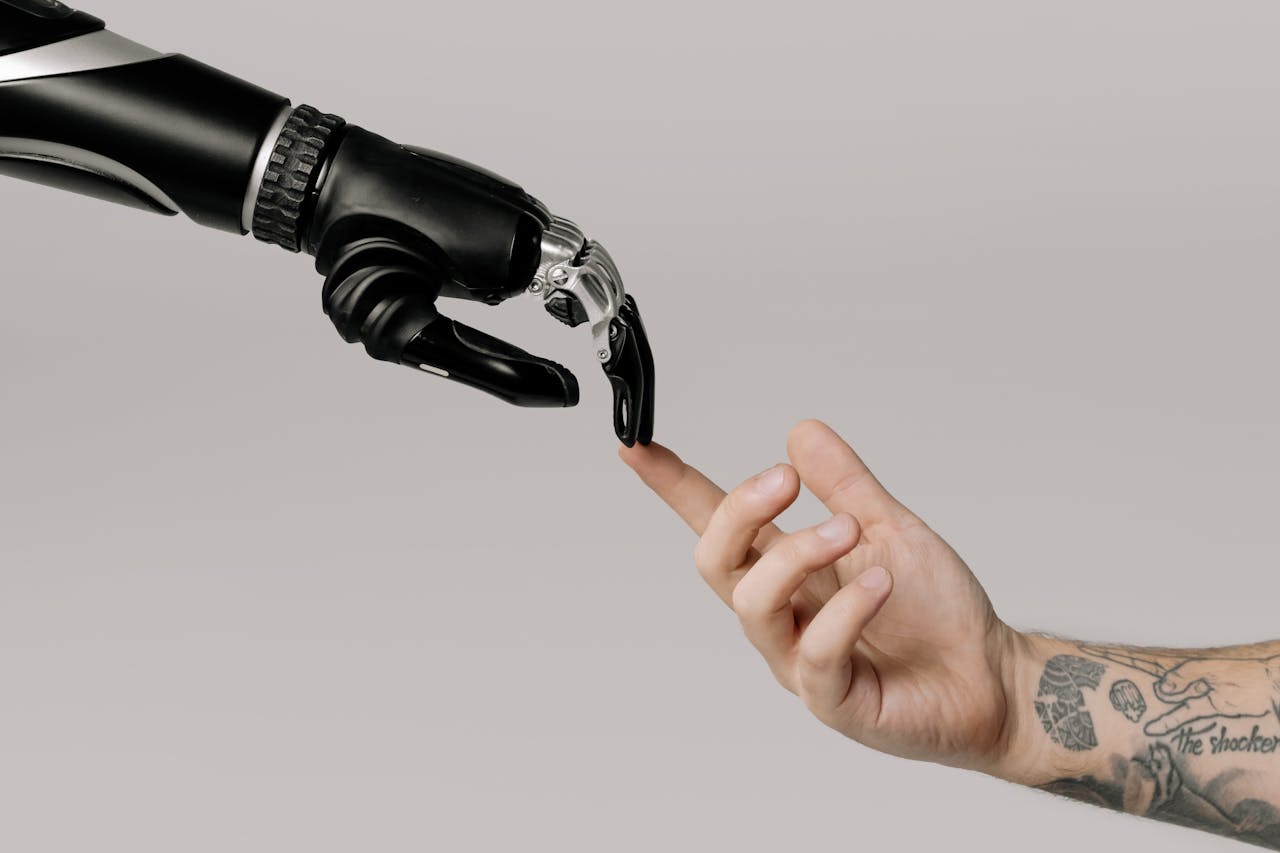April 17, 2024

IT Talent
Best Practices in Employee Retention Strategies
The future of talent acquisition is no longer a futuristic vision. It’s here, and it’s demanding a complete overhaul of traditional recruiting methods. In today’s competitive job market, where skilled workers hold the power, retaining top talent is critical for business success. Here’s where best practices in employee retention strategies come into play.
This blog post dives deep into strategies that not only attract top talent but also keep them engaged, happy, and thriving within your organization. We’ll explore the data, analyze trends, and equip you with actionable insights to build a future-proof talent retention strategy.
The Harsh Reality: Why Employee Retention Matters in Best Practices in Employee Retention Strategies Now More Than Ever
Let’s face it, replacing an employee is expensive. Studies by the Work Institute reveal that the cost of replacing a salaried employee can range from half to double their annual salary, depending on the position (https://workinstitute.com/). Yikes! That’s a hefty price tag, especially considering the rising talent shortage. A report by ManpowerGroup predicts a global talent shortage of 85 million by 2030 (https://go.manpowergroup.com/talent-shortage).
The Future of Talent Acquisition: It’s a candidate-driven market. Skilled workers have options, and they’re not afraid to exercise them. Companies that prioritize employee retention will be the ones who win the war for talent in this new landscape.
Building Loyalty: The Pillars of Effective Best Practices in Employee Retention Strategies
So, how do you create a work environment where employees feel valued, motivated, and empowered to stay? Here are some key pillars to consider:
Competitive Compensation & Benefits:
It all starts with offering a competitive salary and benefits package. Conduct regular market research to ensure your compensation stays in line with industry standards. Beyond salary, consider offering comprehensive health insurance, generous paid time off, and attractive retirement plans.
Focus on Skills, Not Just Degrees:
The future of talent acquisition is all about skills, not just diplomas. The World Economic Forum predicts that by 2025, 50% of all employees will need reskilling (https://www.linkedin.com/pulse/world-economic-forum-warns-skills-gap-future-work-bhupendra-khanna). Invest in training and development programs that help employees stay current with industry trends and acquire new skills. This demonstrates your commitment to their growth and helps them feel future-proof.
Embrace the Power of Flexibility:
The pandemic ushered in the era of remote and hybrid work models. A study by Owl Labs revealed that a whopping 73% of knowledge workers now prefer a hybrid or fully remote work model (https://owllabs.com/state-of-hybrid-work/2023). Offering flexible work arrangements not only attracts talent but also boosts employee satisfaction and well-being.
Foster a Culture of Recognition & Appreciation:
Feeling valued and appreciated is a key driver of employee retention. Publicly acknowledge employee achievements, celebrate milestones, and offer regular performance feedback that goes beyond just criticism.
Prioritize Work-Life Balance:
Burnout is real, and it can lead to employee turnover. Encourage employees to take breaks, utilize their vacation days, and disconnect from work after hours. Promote healthy work-life balance initiatives such as on-site fitness programs or wellness workshops.
Invest in Employee Wellbeing:
Employee well-being goes beyond physical health. Offer mental health resources like Employee Assistance Programs (EAPs) and encourage a culture of open communication where employees feel comfortable discussing mental health challenges.
Open Communication & Transparency:
Employees want to feel like they’re part of something bigger than themselves. Keep them informed about company goals, changes, and decisions that impact them. Foster an environment where employees feel comfortable asking questions, voicing concerns, and providing feedback.
Build a Strong Employer Brand:
Your company culture and employer brand are powerful tools in attracting and retaining talent. Showcase what makes your company special! Promote your positive work environment, unique benefits, and opportunities for professional growth.
The Future of Talent Acquisition:
Building a positive employer brand is essential. Leverage social media platforms like LinkedIn to showcase your company culture and highlight employee stories.
- Investing in the Right Tools:
Technology can be a powerful ally in employee retention. Consider implementing tools for employee engagement, performance management, and communication.
- Data-Driven Decisions: Track key metrics like employee turnover rates, employee engagement scores, and satisfaction surveys. Analyze this data to identify areas for improvement and tailor your retention strategies accordingly.
Retention Strategy for the Future of Talent Acquisition
Building Loyalty: It’s a Two-Way Street
Employee retention isn’t a one-size-fits-all approach. Here are some additional considerations to personalize your strategy:
- Individualized Career Development Plans: Work with each employee to create personalized career development plans. This demonstrates your commitment to their growth and helps them see a clear path for advancement within the company.
- Mentorship Programs: Establish mentorship programs that connect experienced employees with newcomers. Mentorship offers valuable guidance, fosters a sense of belonging, and promotes knowledge-sharing within your organization.
- Employee Resource Groups (ERGs): Create or support Employee Resource Groups (ERGs) that cater to specific demographics or interests. ERGs can foster a sense of community, belonging, and inclusivity for diverse employee groups.
- Fun & Team Building Activities: Don’t underestimate the power of team building exercises and social events! These activities can help build camaraderie, improve communication, and create lasting positive memories.
Best practices in employee retention strategies demands a focus on employee experience. Regularly solicit feedback through surveys or one-on-one meetings to understand employee needs and concerns.

Continuous Improvement: Staying Ahead of the Curve
The world of work is constantly evolving. Here are some tips to ensure your employee retention strategies remain future-proof:
- Stay Abreast of Trends: Keep yourself updated on emerging trends in talent acquisition and employee retention.
- Embrace New Technologies: Explore how new technologies can enhance your employee retention efforts. For example, artificial intelligence (AI) can be used to personalize learning and development programs.
- Learn from Others: Benchmark successful employee retention strategies from other companies in your industry or even beyond.
Conclusion: Best practices in employee retention strategies
By implementing these best practices in employee retention strategies, you can create a work environment where employees feel valued, motivated, and empowered to reach their full potential. Remember, your employees are your greatest asset. Investing in their retention is not just an expense, it’s an investment in the future success of your organization.
In the future of talent acquisition, building a loyal and engaged workforce will be the key differentiator between companies that thrive and those that struggle. Start building your future-proof employee retention strategy today and watch your company become a magnet for top talent!
Want to learn more about How Teams can Improved Productivity with Agile Methodologies? Discover how Agile Methodologies can revolutionize your team’s productivity Click to Elevate Your knowledge!









